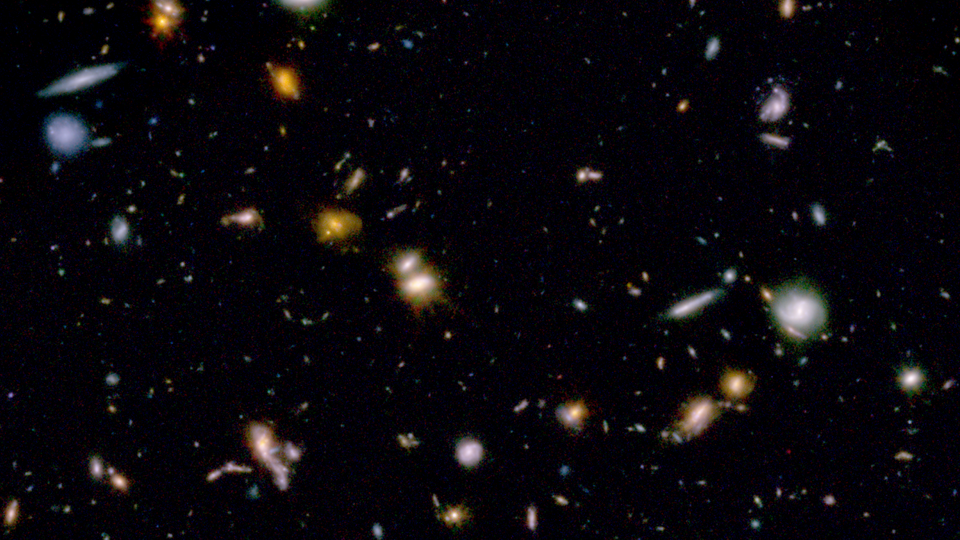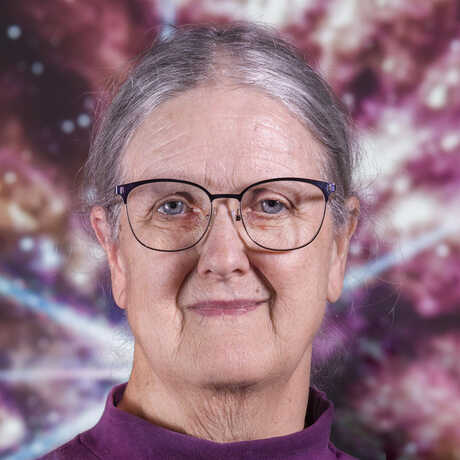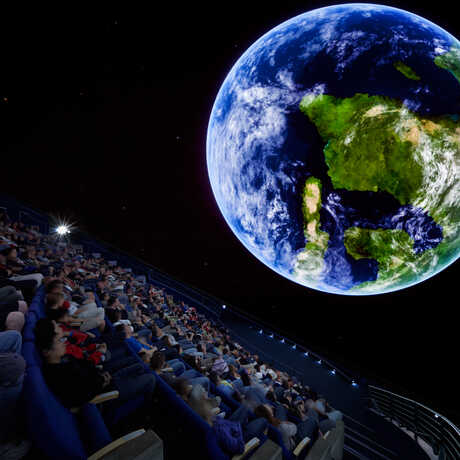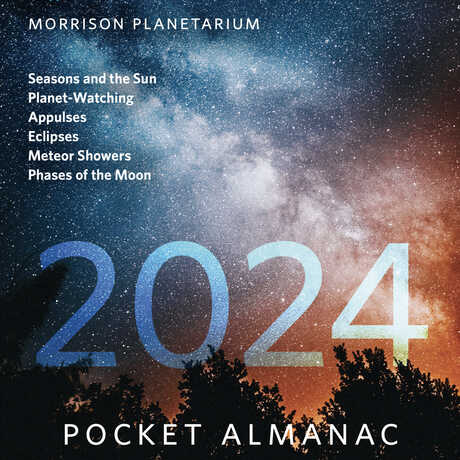Benjamin Dean Astronomy Lectures
The Hunt for the First Galaxies

An image of remote galaxies from the JWST Advanced Deep Extragalactic Survey (JADES)
The Hunt for the First Galaxies
Monday, February 5, 2024
7:30 pm, Morrison Planetarium
Featuring Dr. Marcia Rieke, University of Arizona
Seeking the first galaxies to form after the Big Bang is the primary rationale for building the James Webb Space Telescope (JWST). These first galaxies have eluded the Hubble Space Telescope (HST) because the expansion of the Universe has stretched their light to wavelengths undetectable by HST. With its increased sensitivity in infrared light, JWST has discovered hundreds of galaxies more distant than HST could possibly detect, and the first galaxies are forming stars earlier and more rapidly than expected.
About Marcia Rieke

Marcia Rieke is a Regents Professor of Astronomy at the University of Arizona. Her research interests include infrared observations of the center of the Milky Way and of other galactic nuclei and observation of the infrared sky at as faint a level as possible to study distant galaxies. These research interests have driven her to characterize and develop large-format, low-noise infrared detector arrays. She received her undergraduate and graduate degrees in physics from the Massachusetts Institute of Technology.
She came to the University of Arizona in 1976 as a postdoctoral fellow and has been there ever since. She has served as the Deputy Principal Investigator on the Near Infrared Camera and Multi-Object Spectrometer (NICMOS) for the Hubble Space Telescope), the Outreach Coordinator for the Spitzer Space Telescope, and now is the Principal Investigator for the near-infrared camera (NIRCam) for the James Webb Space Telescope.
She is a member of the American Academy of Arts and Sciences, the National Academy of Sciences and was recently named the Professor Elizabeth Roemer Endowed Chair in Astronomy. In 2023 she received the NASA Distinguished Public Service Medal.
From outer space to Earth's inner core, explore the universe from Morrison Planetarium's 75-foot digital dome.

Download Morrison Planetarium's 2024 Pocket Almanac to stay up-to-date on eclipses, meteor showers, satellite spottings, and more.
